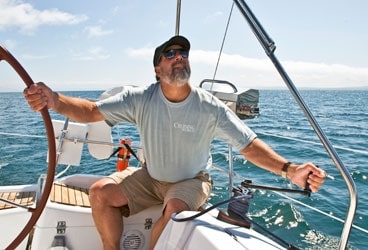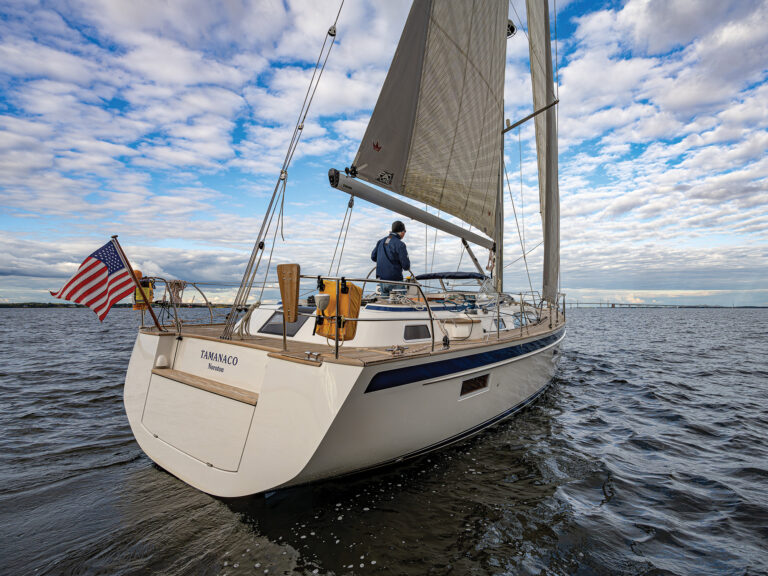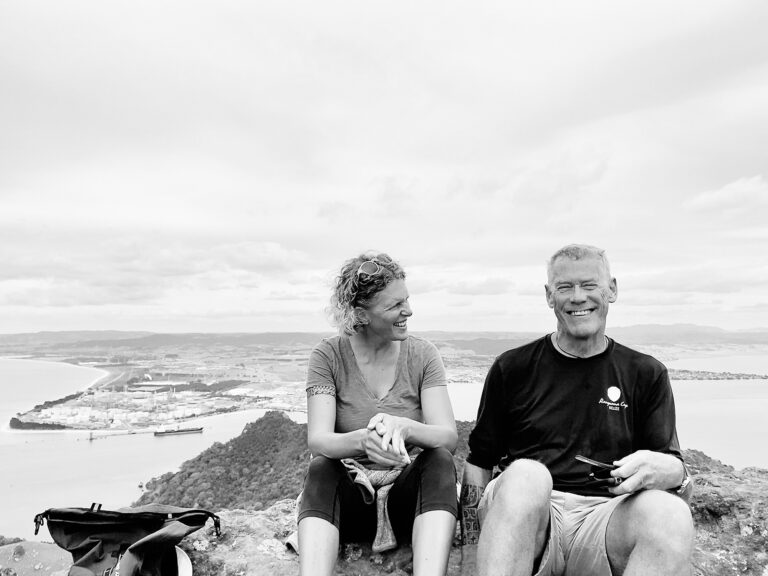
mark pillsbury headshot 1 368
I’m not a guy who’s prone to spending oodles of time dwelling on the good ol’ days. That is to say, I don’t pull into a port and toggle through to the tracks feature on the GPS and marvel at where I’ve been. I’m more apt to grab a cold lager, toast the good voyage, and then pull out a chart to see where we’ll head tomorrow. That said, as we sat down to plan our October issue to kick off Cruising World’s 35th year, I found I was having a whole lot of fun reading stories written by the likes of Doris Colgate, Eric Hiscock, and Larry and Lin Pardey. I mean, when else can you go hide in the library and read through back issues to your heart’s content and have people thank you for doing your homework?
Nice “work” if you can get it.
So here’s what I learned. From the start, Cruising World has been all about buying the boat, untying the lines, and taking off. With a little pluck and practice, anyone can do it. And best of all, no one here’s ever been presumptuous enough to sit down and dictate just what “off” means.
Because in truth, if sailing’s your dream, it’s your dream. Why should anyone tell you that his or hers is better? Of course, on a sailboat, to turn that dream, whatever it is, into something, you’ve got to have a good dash of practicality, make some plans, and gain a little experience, no matter whether your aim is to cross a pond or The Pond. Cruising World’s founder and first editor, Murray Davis, knew this, and from the time he set up shop on Thames Street in Newport, Rhode Island, he found sailors who wanted to share their tales in ways that would inform and inspire others to join what he termed “The Cruising Majority.”
What other magazine, I wonder, would run-in its very first issue, as its first full-length story-one entitled “Shortening Sail” to extol the virtues of reefing early? Shouldn’t it have been “Buy a Big Boat” or “Three Steps to Your Circumnavigation” or “Hey, You’ll Look Swell in This New Rain Gear”?
Not CW. The subhead of that first lengthy story, written by Jerry Cartwright, notes, “The ability to reduce sail easily in all conditions makes for confidence and happier sailing.”
That was good advice then, when fiberglass, at long last, made sailboats affordable. In those days, all the other sailing magazines talked about racing. Then CW came along and suggested that people slow down and enjoy the ride-a novel idea.
And in so many ways, it’s still good advice today. We live in a curious time, when circumstances way beyond our control have forced us all to shorten sail to some degree. Some of us have tucked in a reef; some have gone directly to the storm sails. But that’s what sailors do. They learn to gauge the conditions, consult the forecast, rechart their course from here to there, maybe pick a new destination and adjust their schedule as needed. But in the end, without question, they find a way to untie the dock lines and set off.
In an early editorial, “That First Storm,” Murray talks about the authors of cruising books and how they always have a chapter about The Storm. He writes, “Accounts of The Storm always vary in levels of horror, misery, danger, and, perhaps, damage to the boat. But one thing shines through, and that’s the very real satisfaction of those involved in meeting a challenge and winning.”
Like I say, those old issues were fun to read, chock-full of good tales and sage advice. But what I heard most clearly in those stories wasn’t about sailing, boats, and gear circa 1974. It was about how to set that next waypoint: Come up with a dream, figure out the plan, then go.







